|
|
Help needed! The Archive has been sent this image, purchased via ‘ebay’ as an unknown station. However eagle-eyed Andy Barwick realised it was Loftus station, with Yorkshire Regiment Volunteers (later the Green Howards) awaiting a train; but the date is unknown. It is believed that the two station porters are visible (one at each end) and possibly the station ‘lad’ cross-legged in the front. The Stationmaster (at rear close to the station lamp – with a moustache!), as well as members of the general public. Andy can assist with possible names of the Stationmasters for up to July 1914 as J. W. Nunn and from July 1914 W. H. Charlton, if anybody recognises either soldiers or railway staff. Can anybody assist with names and a possible date? Ray Brown suggests: “Robert Henry Walker (my maternal grandfather) is possibly on the back row far right next to the station porter?”
Image and information to date courtesy of Andy Barwick, many thanks to Bill Danby for a refreshed image and update information. Also to Ray Brown for a suggested name.
A Thirkell’s (of Saltburn) postcard view of the Station, obviously at least one of the railway staff knew of the event; the Stationmaster is standing on what is today the road! Traffic must have been very light; the date of this photograph is believed to be post 1899.
Image courtesy of Julie Tyrka, thanks to Tony Lynn for the update.
Known to date from 1869 (a newspaper clipping located behind this photograph was dated 20th November 1869), this view of the portico of the station appears to show Alpha Place on the extreme left. The photographer is unknown, but could it have been a local ‘snapper’?
Image courtesy of John G. Hannah.
The station at Ingleby which served the village of Ingleby Greenhow was opened in 1857 and was part of the Picton to Battersby line, it closed in 1954 for passenger traffic but remained open until 1965 for freight when the line to Stokesley closed. The locomotive 67288 was built in 1896 at Darlington, it was renumbered to 67288 by British Rail in 1948, it was removed from service in 1954; this gives an approximate date for this image of the early 1950s.
Image courtesy of the Pem Holliday Collection, information courtesy of “Disused Stations”.
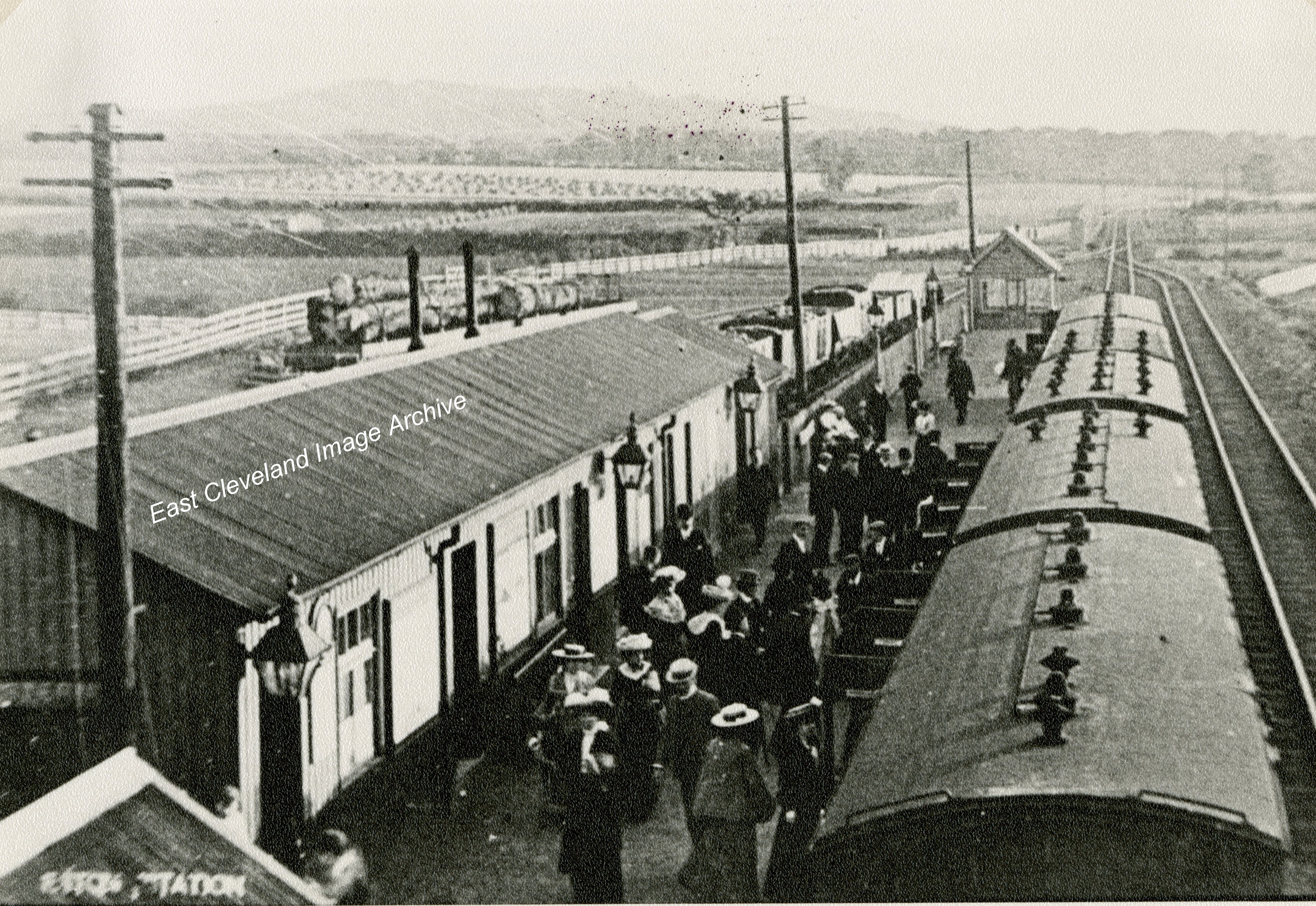
Eston railway station, circa 1910, the station opened to passengers on 1st January 1902. Later a canopy was extended over the platform to shelter the passengers; the roof of one platform signal box is just visible, the one at the other end of the platform was later removed. This was a short lived station, closing 11th March, 1929; a casualty of motor bus competition.
Image courtesy of The Pem Holliday Collection, additional information courtesy of “Disused Railway Stations”.
Opening in 1885 as part of the Scarborough & Whitby Railway, the station was originally named Peak; being the highest and most exposed station on the line. The wooden waiting shelter being blown away at one time! Renamed Ravenscar in 1897 and it did not have a station house until 1896. It closed in 1965.
Image courtesy of the Pem Holliday Collection, information courtesy of ‘Disused Stations’.
Skinningrove Station when it was a working station, it was closer to Carlin How, separated by the famous zig zag rail descent into Skinningrove village. A one platform station, it suffered badly from mining subsidence and had to be demolished, nothing remains of this station now except a locked gate and some footings. The photographer is standing on the Loftus side looking towards Skinningrove Iron and Steel Works; perhaps that is the real reason for the re-naming of the station! This view gives a proper idea of how close to Carlin How and how far away from Skinningrove. In the background right can be seen the chimneys of the steel works.
Image courtesy of the Pem Holliday Collection, George Pearson and other sources.
Skinningrove Station and the buildings gone; only the platform and sign remain to indicate where it stood.
Image courtesy of the Pem Holliday Collection.
Opened in 1883 Sandsend station at the foot of Lythe bank was at the northern end of the viaduct spanning the Sandsend valley. It closed in 1958, but this postcard view shows the station in c. 1900, perhaps the porter is moving boxes for the young lady?
Image courtesy of John G. Hannah.
An early 20th century view of Kildale station. The station master relaxes on the platform bench; as the woman and children look at the camera from the footbridge. Perhaps the stationmasters family? In 1901 this was Henry Bindoff, superseded by Thomas Carr in 1910, for one year; and John Watson in 1911.
Image courtesy of John G. Hannah. Further information on the railway at Kildale from ”Glimpses of Kildale” by Cedric Anthony.
Page 1 of 612345...»Last »
|
|
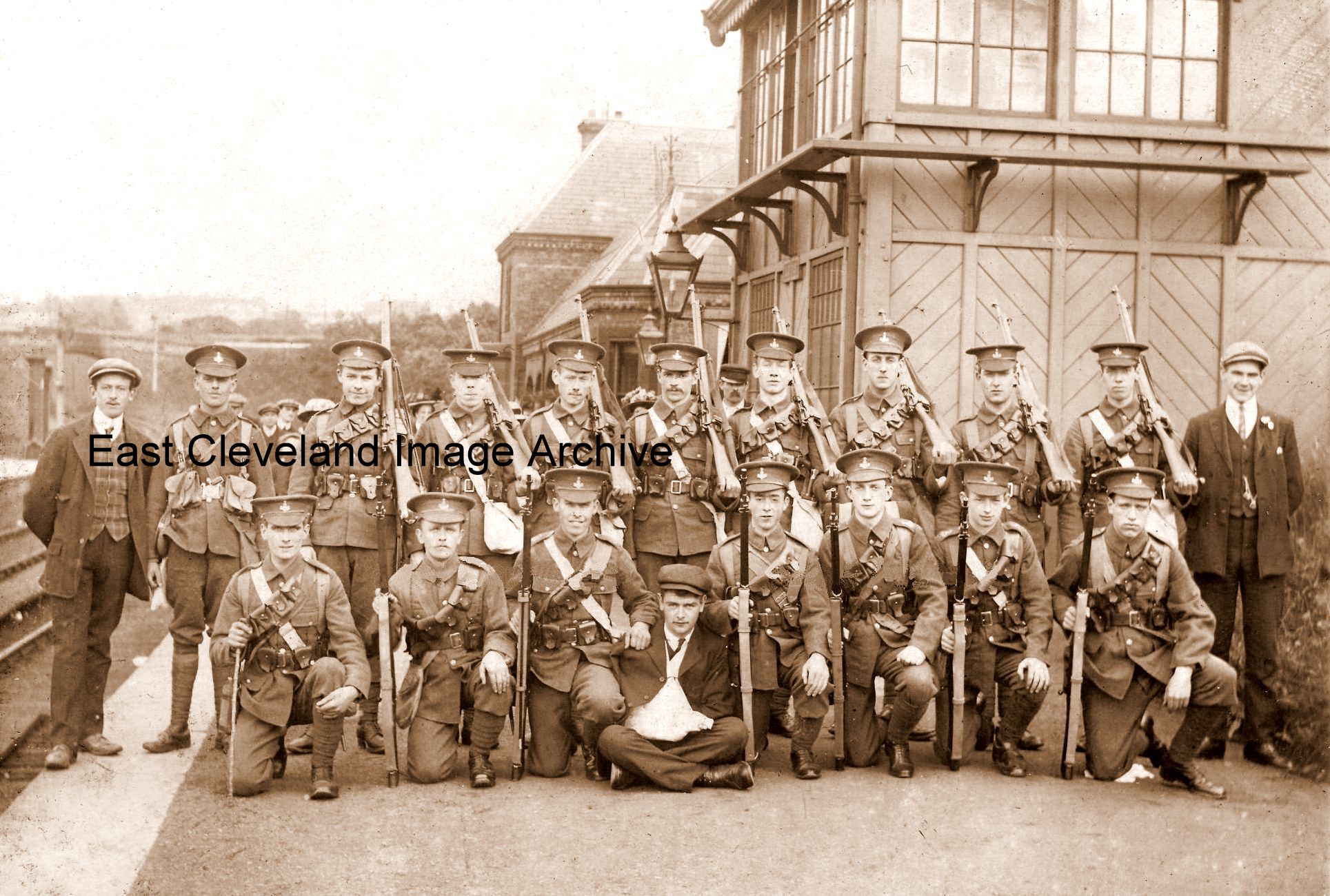
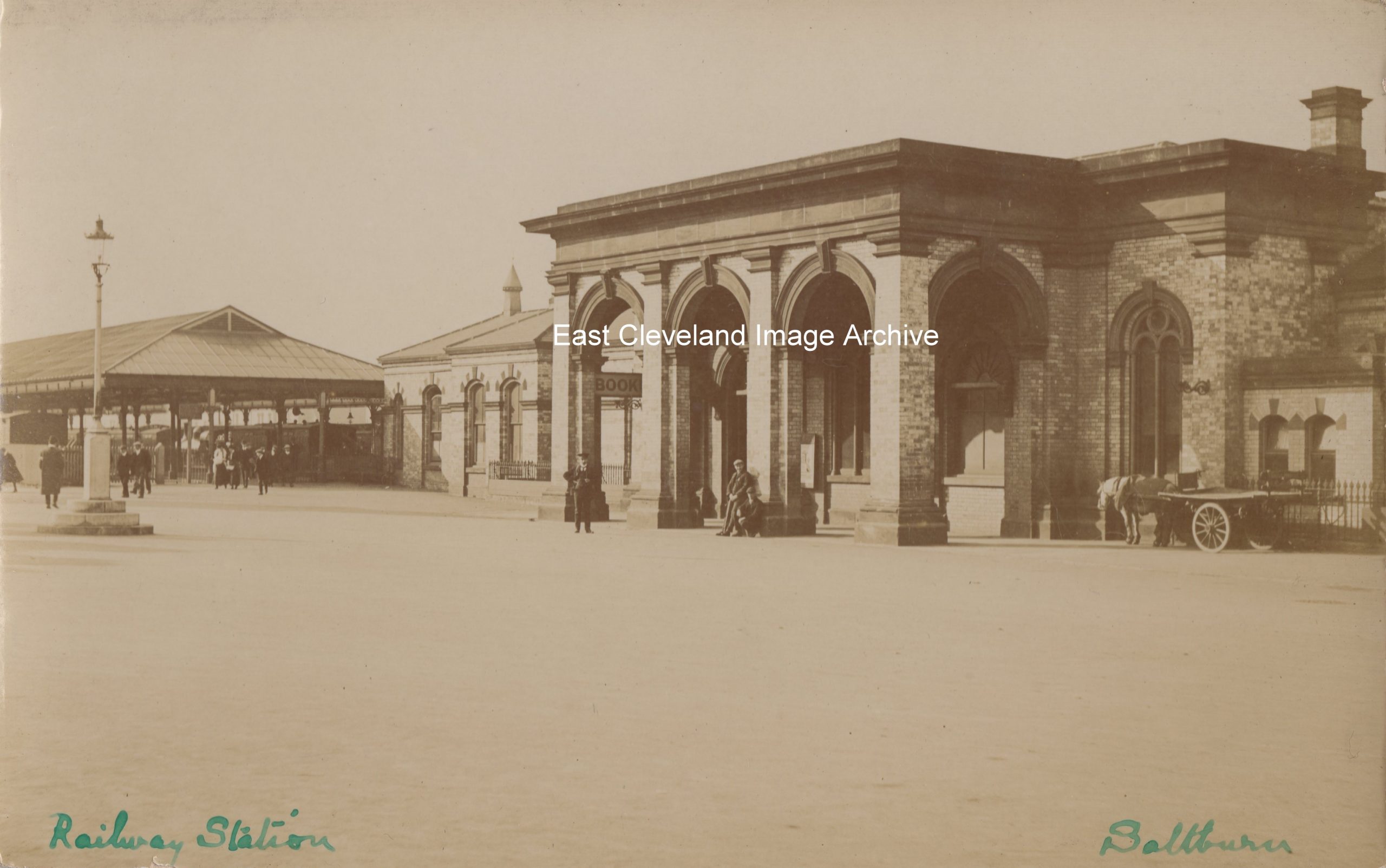
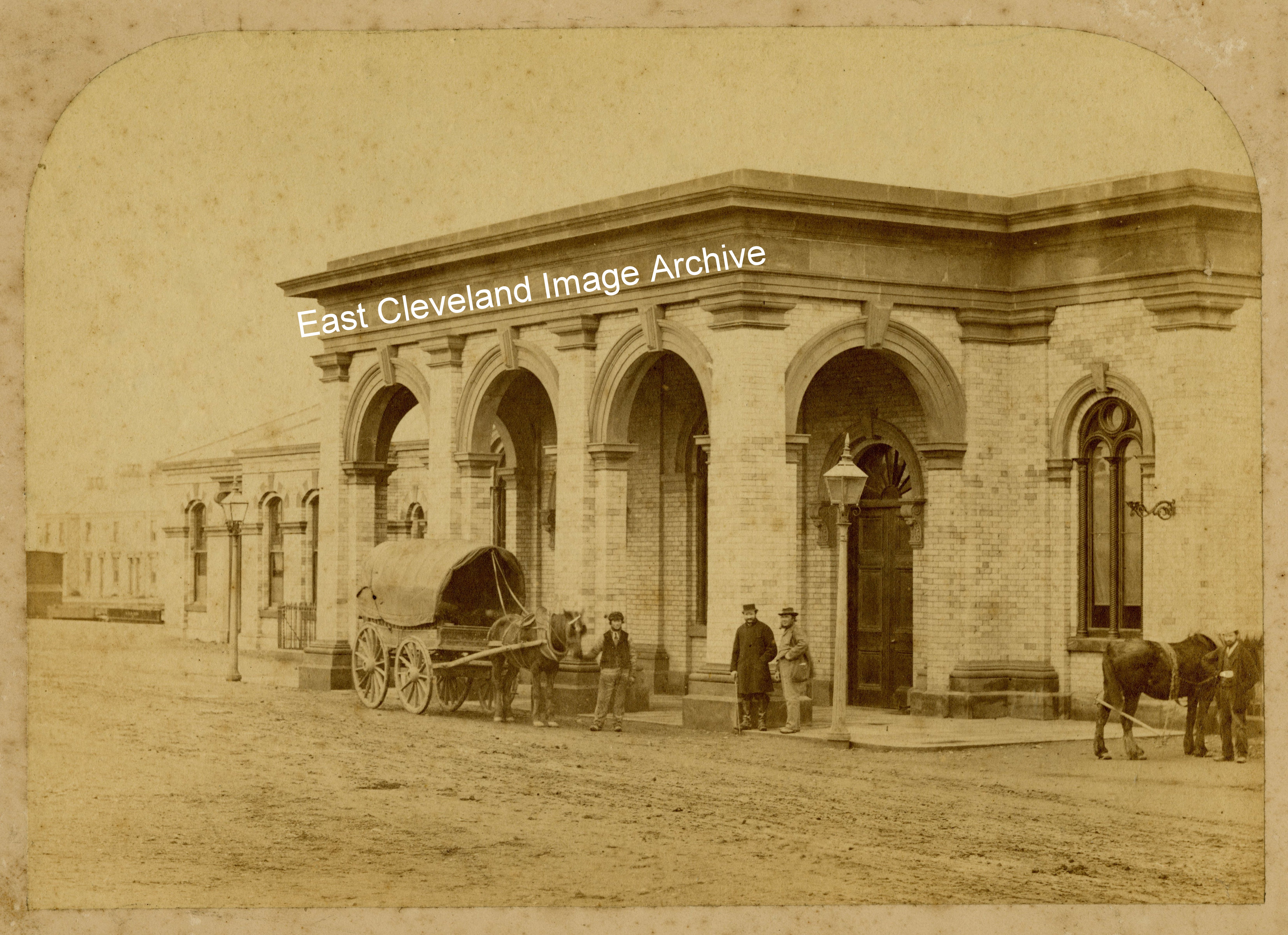
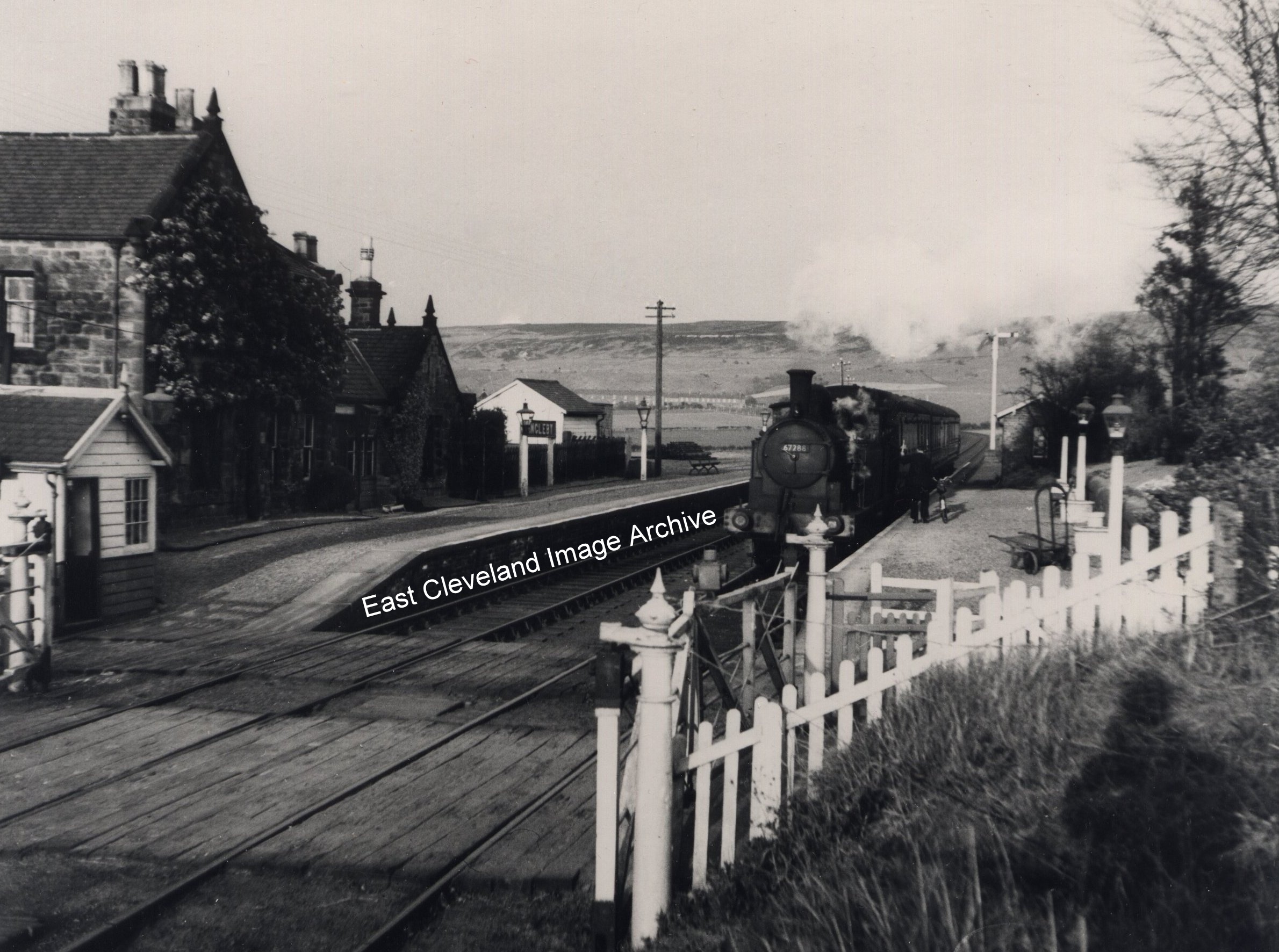

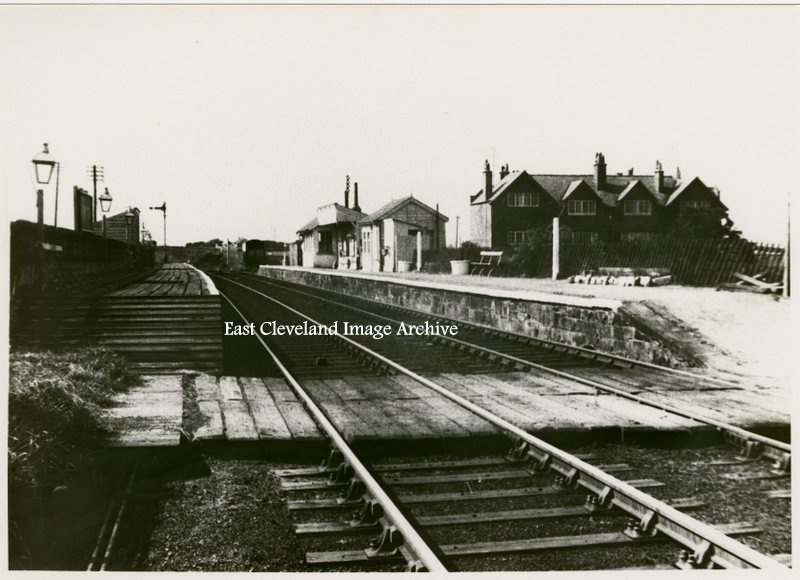
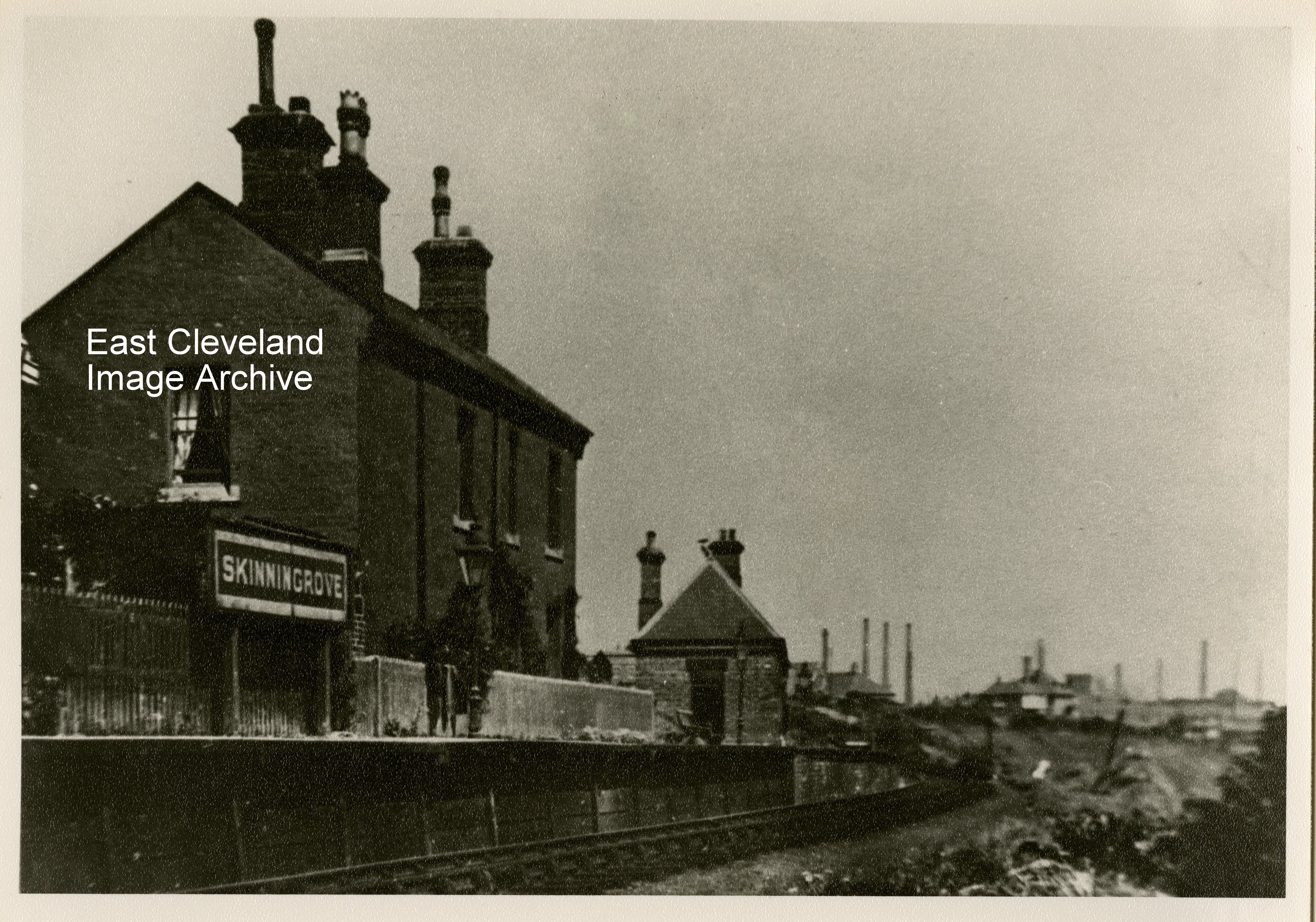
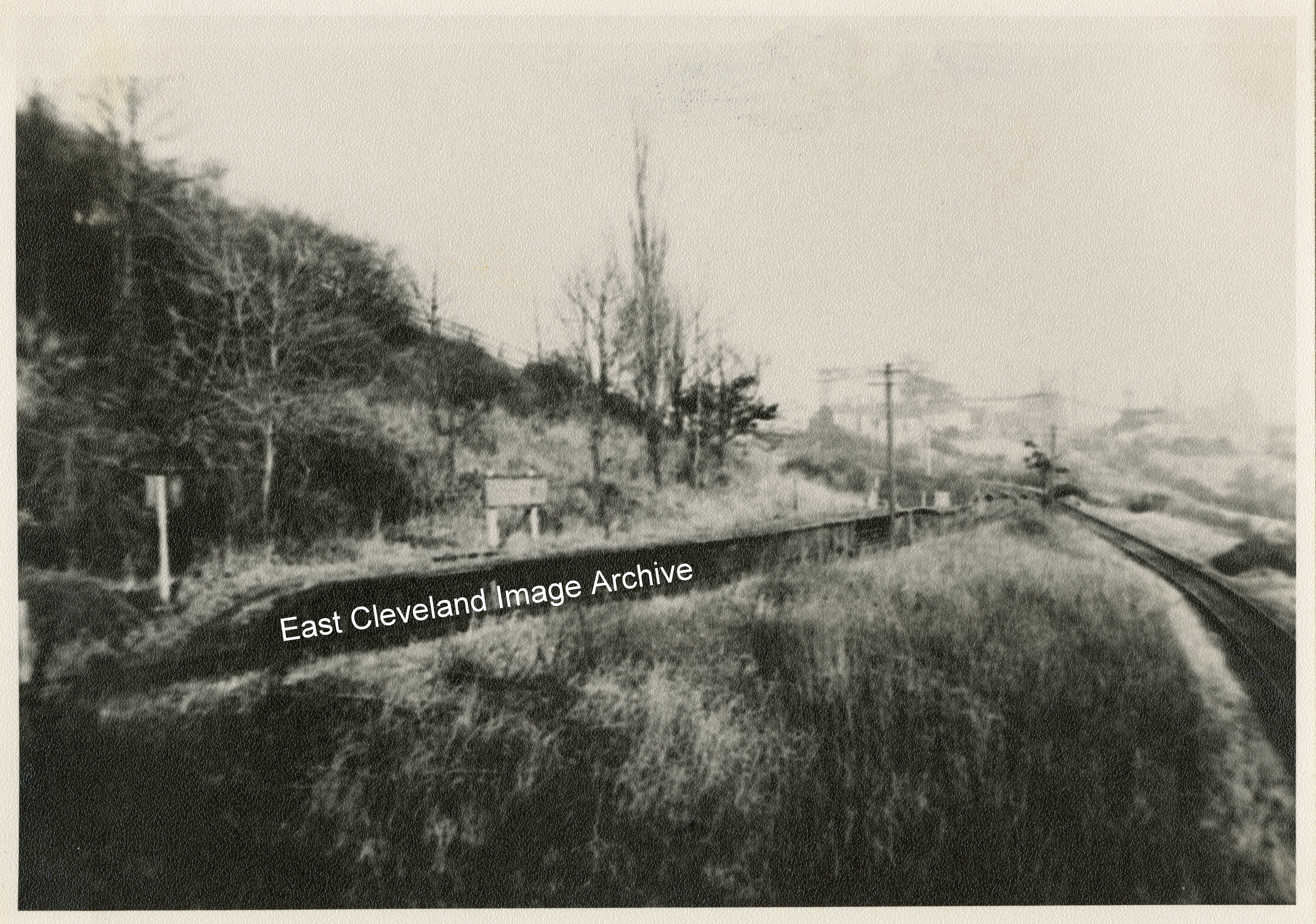
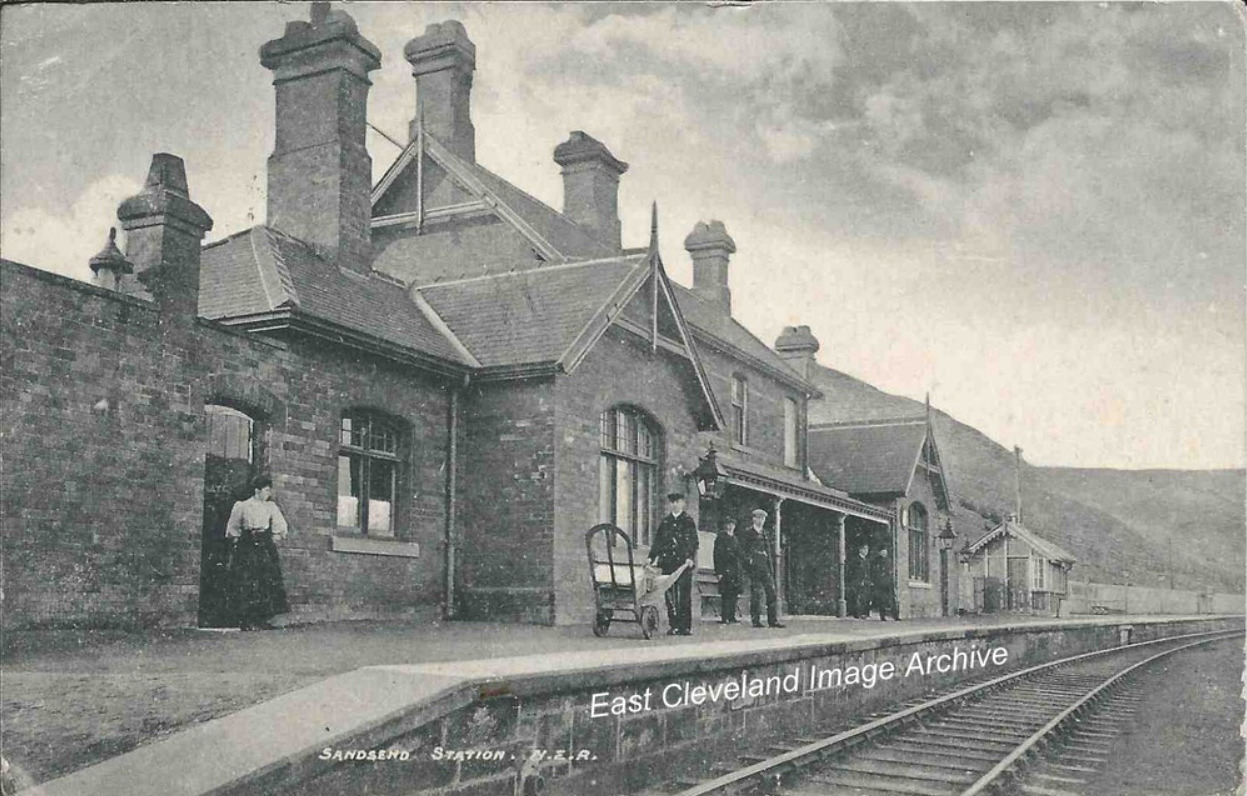
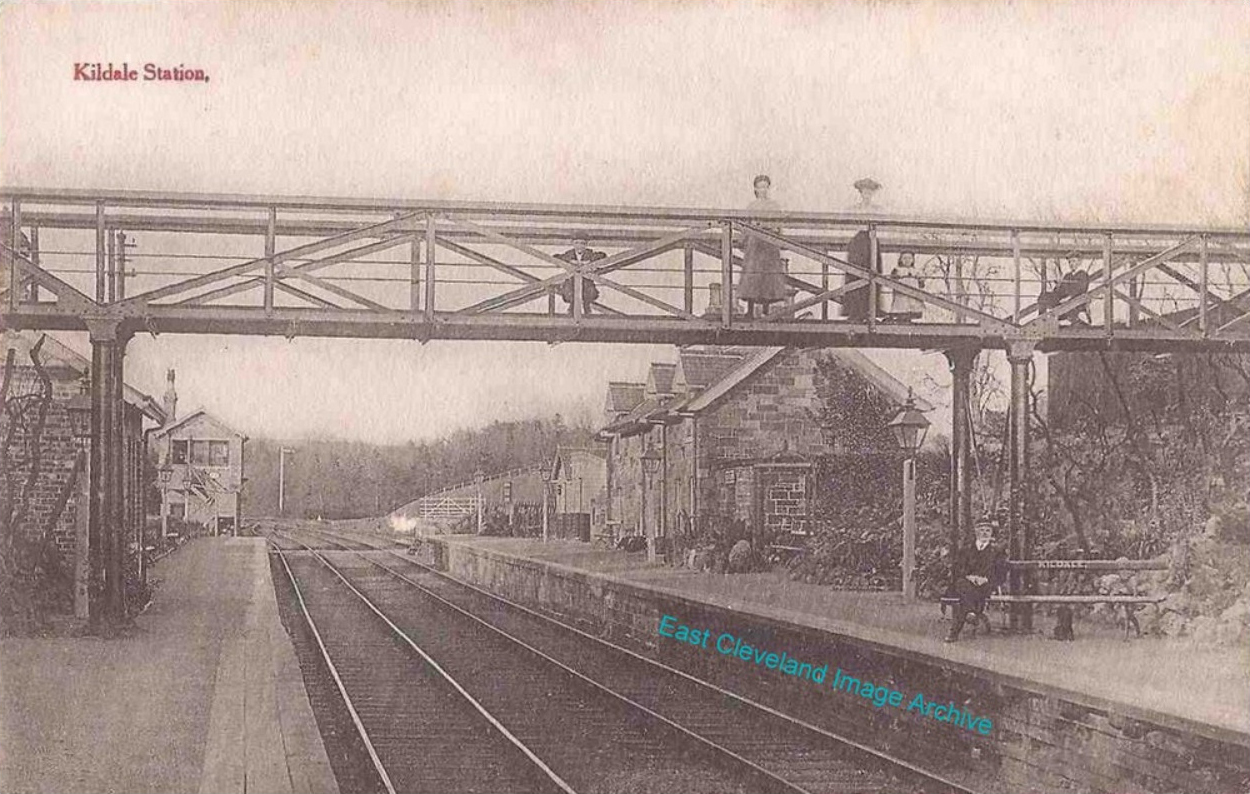
Recent Comments